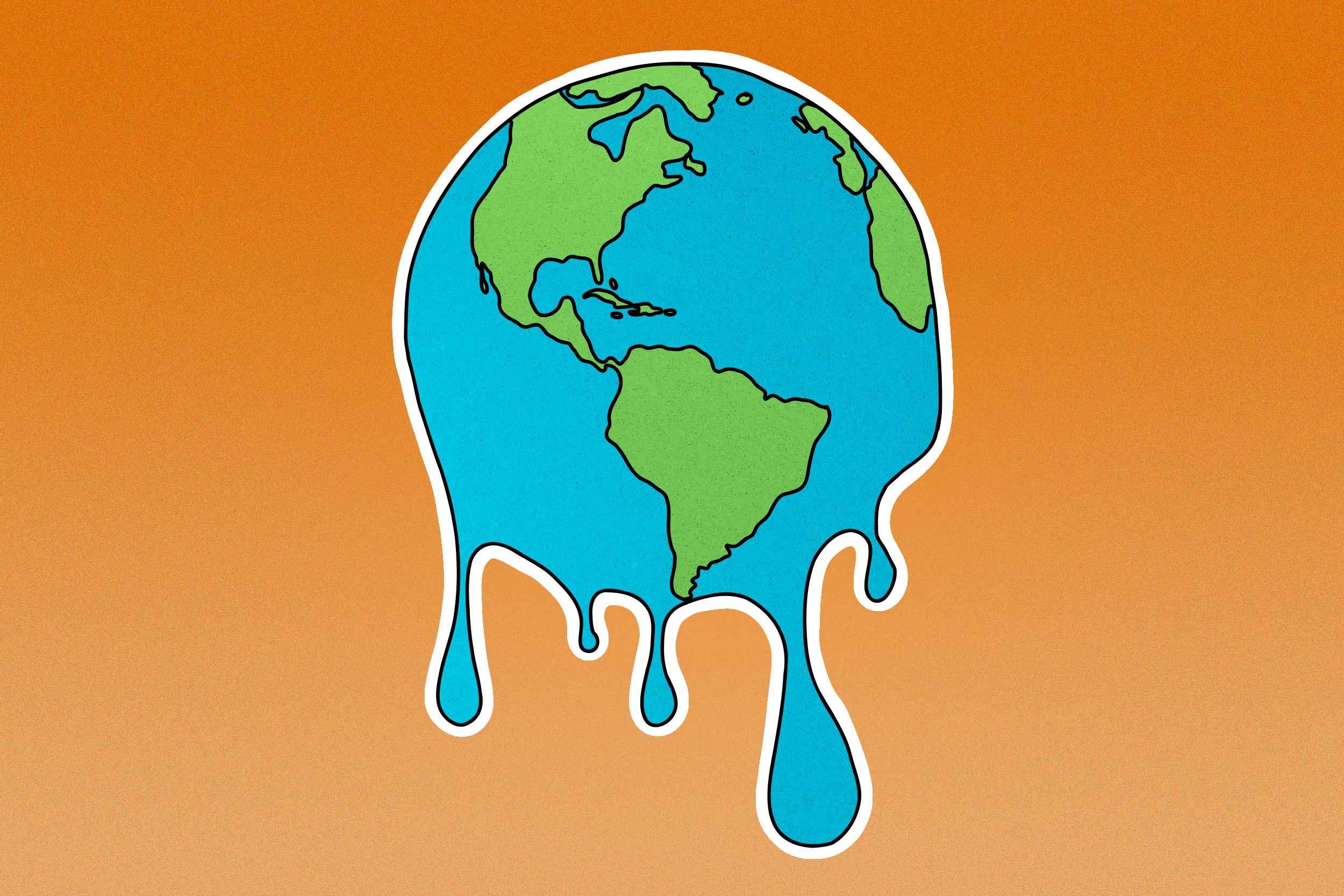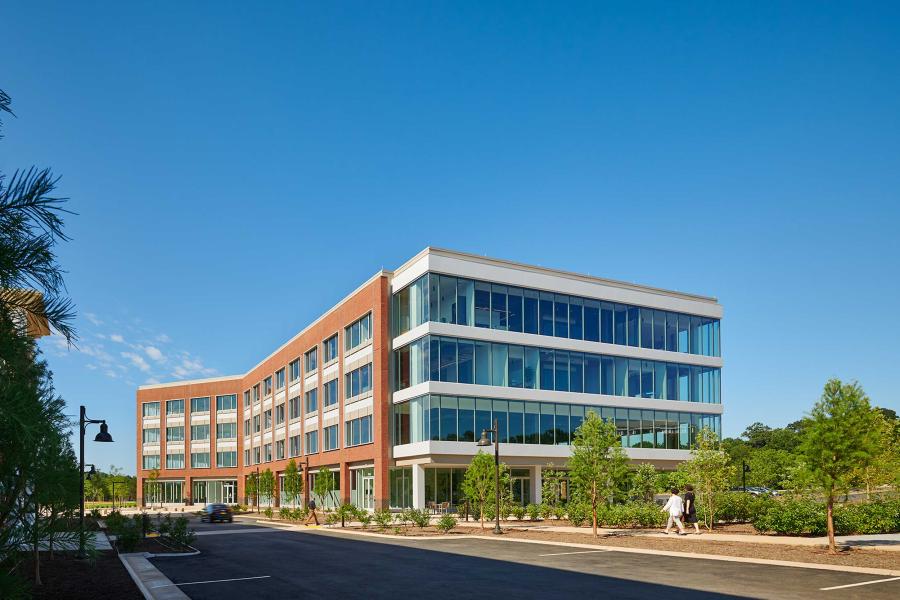Her response was hopeful: “We still have time, but we need to move quickly,” she said then. “For the safest climate future, the last [Intergovernmental Panel on Climate Change] special report said we need to limit warming to 1.5° C, not the 2°C agreed to in [the 2015] Paris [Agreement.] That means turning our energy system around in the next five to 10 years. Instead of emitting more greenhouse gases every year, we need to reduce emissions by 5% to 10% every year – hitting a 50% reduction by 2030 and zero emissions by 2050. This is fast, but not crazy.”
But when we reached out to talk about El Nino, her tone had markedly changed.
Q. What do you expect El Nino’s effects are going to be around the globe?
A. This time, it’s actually terrifying to me – for the first time. I think of independent disasters around the globe. The place that I love most is the forest of Indonesia, the rainforests and the peat forests, and they burn every time we have an El Nino. They are wet, wet forests that are not supposed to burn, and yet they burn like crazy when we have an El Nino.
There could be some good news in places, but good news in a warming climate never is good news, like more moisture in the South and in the Southwest. You’d think that might be great for the U.S., but it could mean terrible floods. It could be awful.
I worry about fires in Asia. We’re already seeing fires here in North America, but the biggest thing I’m worried about is that we’re going to just see excruciating heat. I saw a report that said in the next five years, perhaps sooner, during this El Nino, we’re going to surpass 1.5 degrees [an average annual temperatures]. And that just makes my heart sink because we’re at 1.1 degrees warmer than in 1900. We are supposed to stay below 1.5 degrees, and here we are, we’re going to pass it. We were supposed to pass it in eight or 10 years. It just terrifies me to think that we’re going to pass it for a minute and we’re going to see what that brings. So, I’m very worried about the globe. I’m also worried about my own special places, like the rainforests of Indonesia.
Q. You said the world will pass 1.5 degrees for a minute. Does that mean that temperature rise will not be sustained?
A. It will likely go down when the El Nino shifts back to its other phase, the La Nina. It’s always hotter during an El Nino year. So, we’re going to get a bump from where we already are and we don’t know how big the bump will be, but it will be a very big bump. It should come back down, but not without doing a lot of damage.
Q. How long do El Nino events last?
A. El Nino can last anywhere from two to three to five years. It rarely lasts that long.
Q. If we hit 1.5 centigrade during this El Nino, what would you expect to see in the United States?
So, 1.5 centigrade seems weird, right? It’s a global temperature. It means almost nothing to any of us. What would it mean in the United States? It would mean that average temperatures would probably be more like two to three degrees Fahrenheit higher than we are used to. That’s the kind of thing we’re going to notice.







